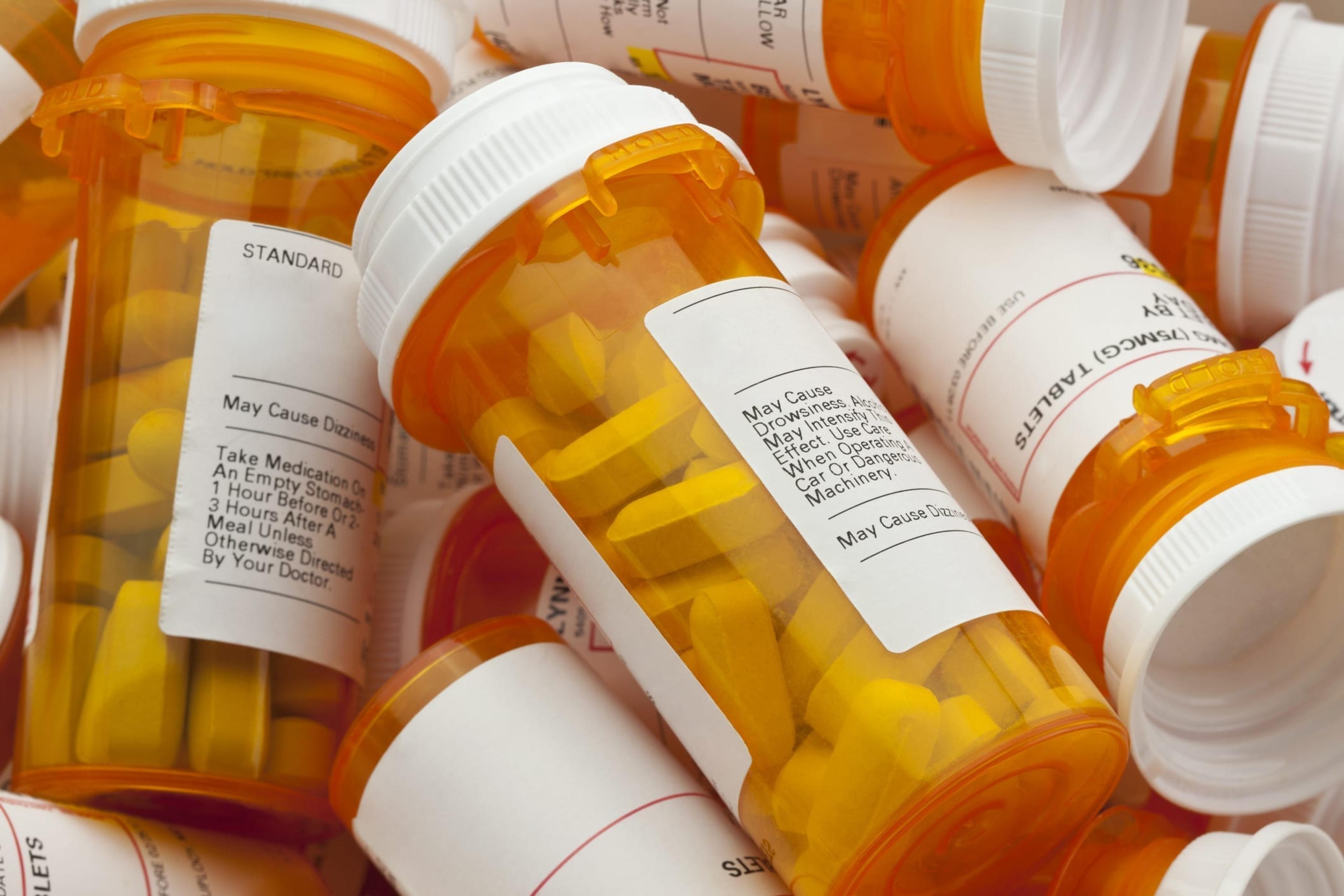Why Generic Drugs Aren't Immune From Price Hikes
Amy Barczy
| 4 min read
Amy Barczy is a former brand journalist who authored...

As the cost of prescription drugs continues to rise, not even generic medications are immune from price hikes by pharmaceutical companies. Prescription drug spending in the U.S. increased by 2.5% to $335 billion in 2018 – a spike in the 1.4% rate of growth in 2017. Generic medications are typically an affordable route for patients to consider, as they usually cost 75% to 90% less than brand-name drugs at the pharmacy. Yet from 2010 to 2015, 300 generic medications saw price increases of more than 100%. There are several reasons generic drugs can be affected by rising prices. When coupled with the already high cost of prescription medication, price increases on generic drugs force some patients to put their own health in jeopardy for the sake of their financial wellbeing. Lack of competition Unlike Australia, Britain or Canada, the U.S. does not regulate or negotiate the price of prescription drugs. Which means companies set their own prices in the U.S. -- and a lack of competition in the generic drug marketplace can lead to price hikes. There’s a litany of reasons behind limited competition: raw material shortages, difficulties in production, a lag in federal review of applications for new generic drugs; as well as consolidation among drug manufacturers. In some cases, drug companies have no competitors at all. A high-profile example is Daraprim: a drug first approved in 1953 to treat toxoplasmosis, a parasitic infection that particularly affects people with compromised immune systems. In early 2015, Daraprim cost $13.50 a pill. Then Turing Pharmaceuticals bought the rights to it. As the sole supplier of Daraprim, Turing raised the price to $750. As a result, some health insurance companies won’t cover the cost of Daraprim – and it’s become too expensive for some health care facilities to stock. Doctors are left to turn to alternative medications that are less proven and may have more side effects. Impact on patients The cost of medication can be a barrier, especially for patients who need multiple drugs to maintain their health: one in four Americans take four or more prescription drugs, and 35 percent of them find those drugs difficult to afford, according to a survey by the Kaiser Family Foundation. The high cost of prescription drugs forces patients to make difficult choices – and often, patients choose to put their own health at risk. Nearly 30 percent of people surveyed by the Kaiser Family Foundation reported that they didn’t take the medication as the doctor directed because they couldn’t afford it – either by not filling a prescription, choosing an over-the-counter medication instead or ration ing their doses to make their medications last longer. The role of patents When a pharmaceutical company introduces a new drug to the market, the company holds a patent on that drug for a set amount of time. Patents are intended to give the drug company the time it needs to recoup the money it invested to develop the new drug. However, some companies use patents to give themselves a monopoly on a medication. For example, Revlimid is one of the most expensive cancer drugs on the market, priced at more than $125,000 per year of treatment. The manufacturer, Celgene, has sought more than 100 patents on Revlimid – giving them the monopoly on the drug until the end of 2036. The result is payers will likely spend $45 billion in excess costs on Revlimid, compared to what they would have paid for the drug if generic versions were allowed to compete. At the time that name-brand medications lose their patent protection, there are typically a small number of manufacturers producing the newly generic drug and there is low competition. That means for these newly generic drugs, at first prices are very similar to the name-brand price. Over time, the price will drop for new generics as more manufacturers begin production of the drug. Generics remain a great way to save money on prescription medications. With the ever-changing marketplace of generic and brand-name prescription drugs, Blue Cross Blue Shield of Michigan pharmacists diligently work behind the scenes using analytics, reports, clinical reviews and more to ensure members have access to safe, high-quality medication. When prices increase on both brand-name and generic drugs, Blue Cross has processes in place to evaluate drug offerings to ensure members have access to the most cost-effective drug therapy. More from MI Blues Perspectives:
- The Business Case for Biosimilars: Cost Savings for Businesses and Employees
- How to Better Manage Health Care Costs
- Help Your Employees Decrease Spending with the Guidance of Their Pharmacists
Photo credit: smartstock





